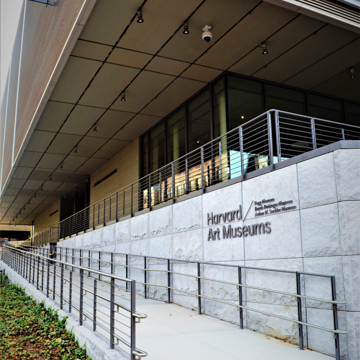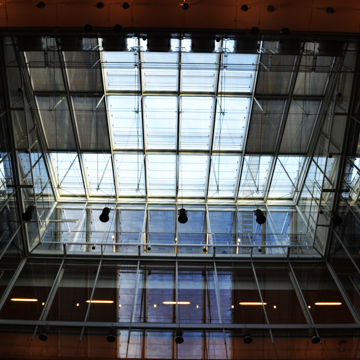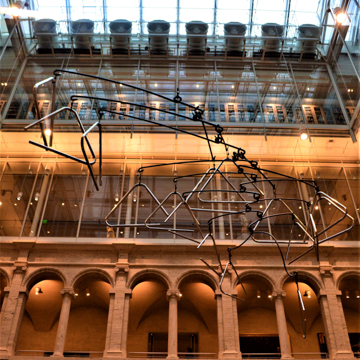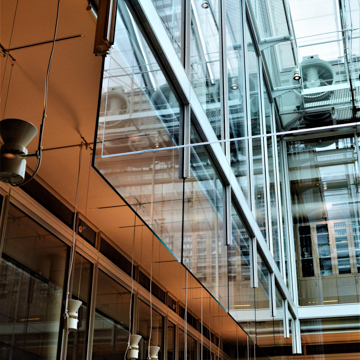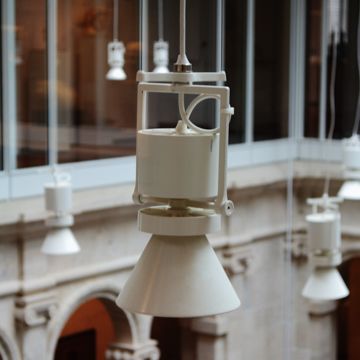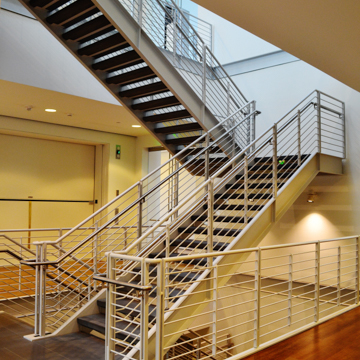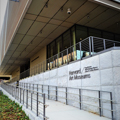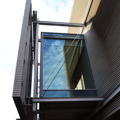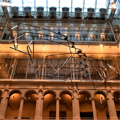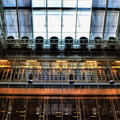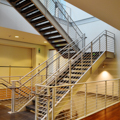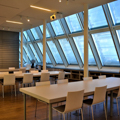The Fogg Art Museum visually completes Sever Quadrangle (HY14), although it stands on the opposite side of Quincy Street. The museum, which originally included a library, classrooms, and offices, as well as galleries, is consistent with the Shepley firm's other Georgian Revival buildings of the period. Inside, an Italian courtyard comes as a surprise. It was built at four-fifths' scale after the early-sixteenth-century loggia of the canon's house at the church of San Biagio in Montepulciano, Tuscany, designed by Antonio da Sangallo the Elder. At the time, the Harvard fine arts community revered fifteenth- and early-sixteenth-century Tuscan art and architecture.
Between 2008 and 2013, Renzo Piano will oversee a renovation and expansion of the Fogg Art Museum. This project will involve the demolition of the Werner Otto Hall (1990–1991, Gwathmey, Siegel and Associates, 32 Quincy Street), an addition to the Fogg that included the Busch-Reisinger Museum, and the Agnes Mongan Center for the Study of Prints, Drawings and Photographs (1994, Samuel Anderson Architects).















